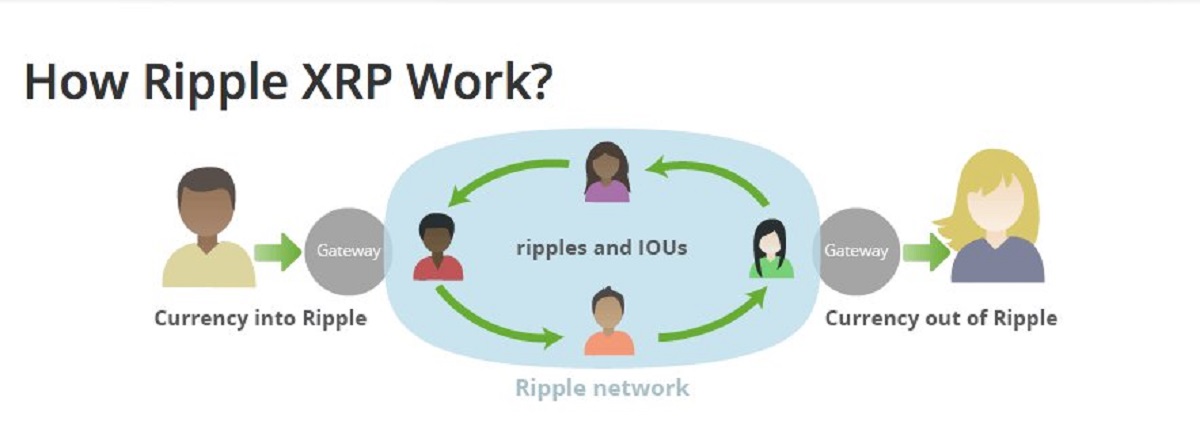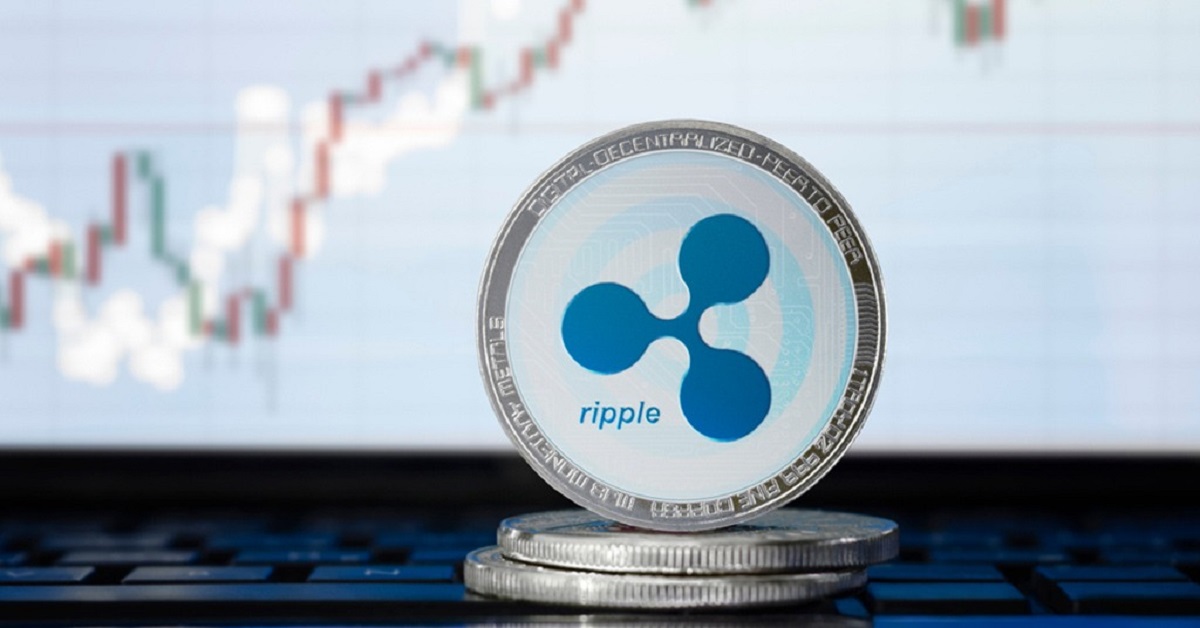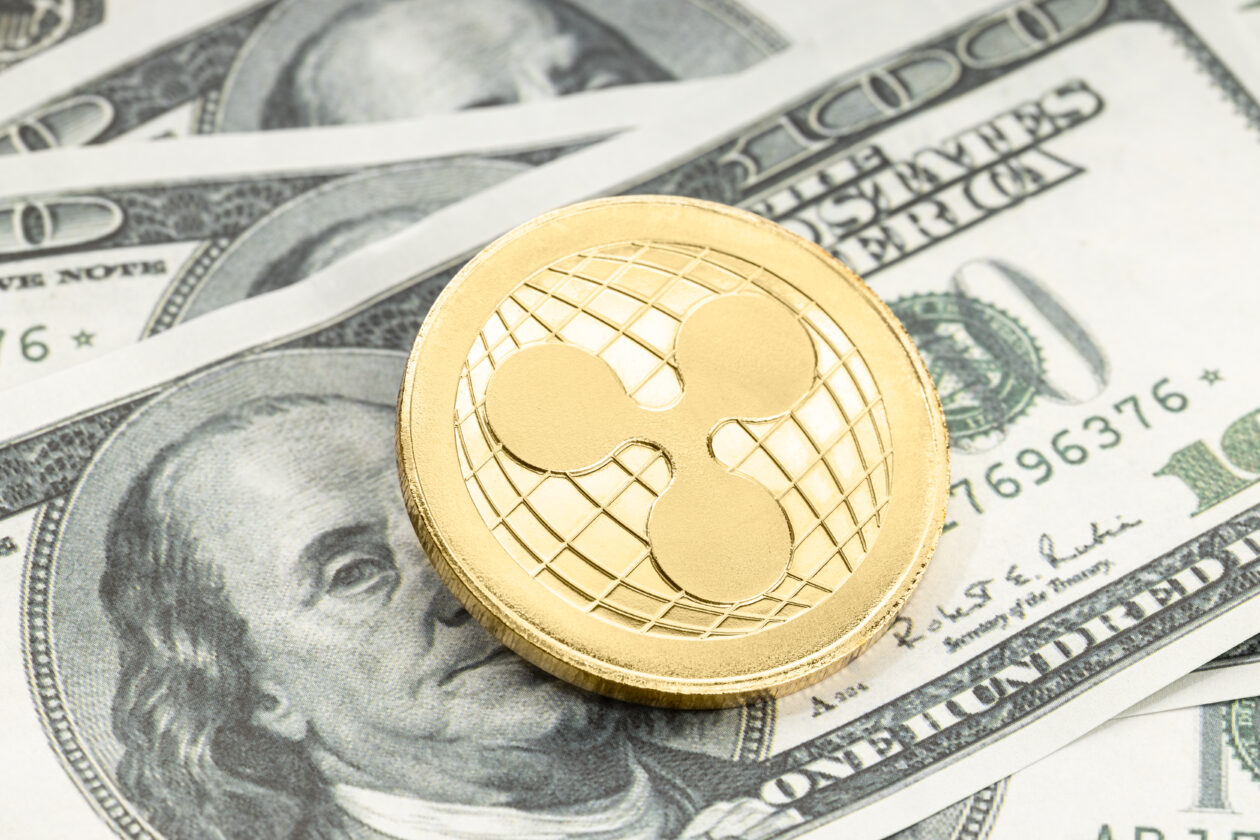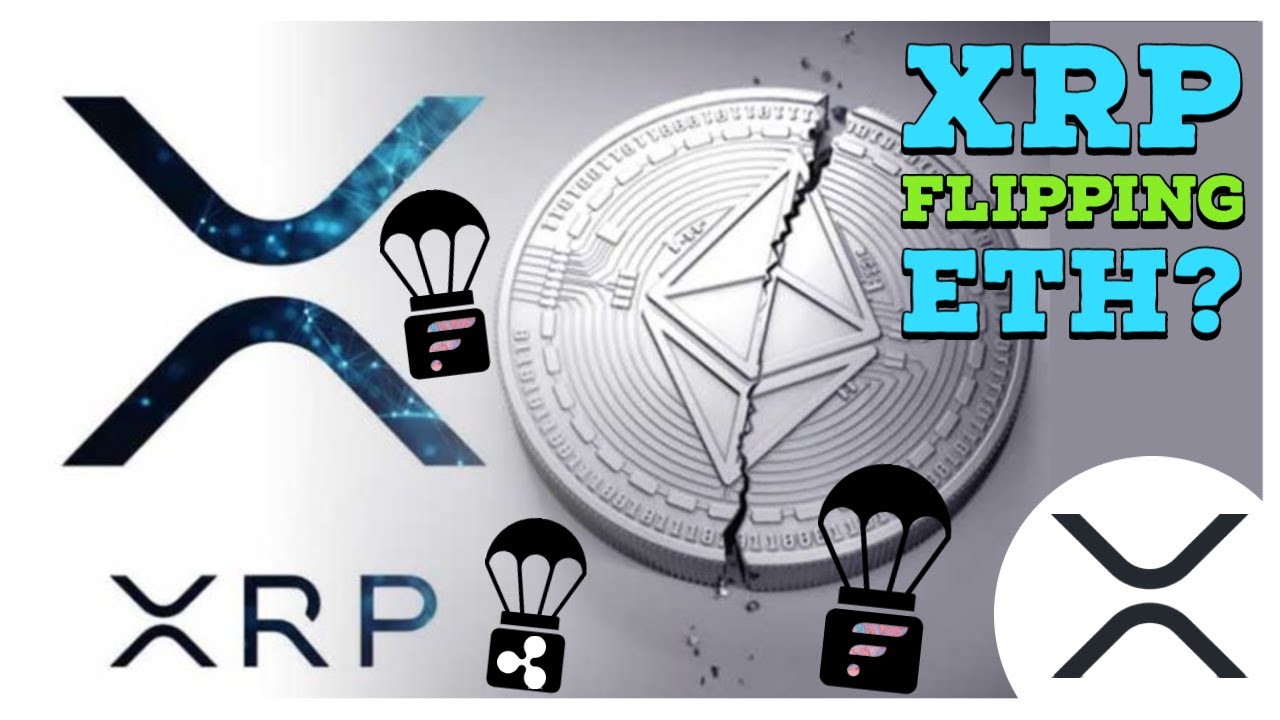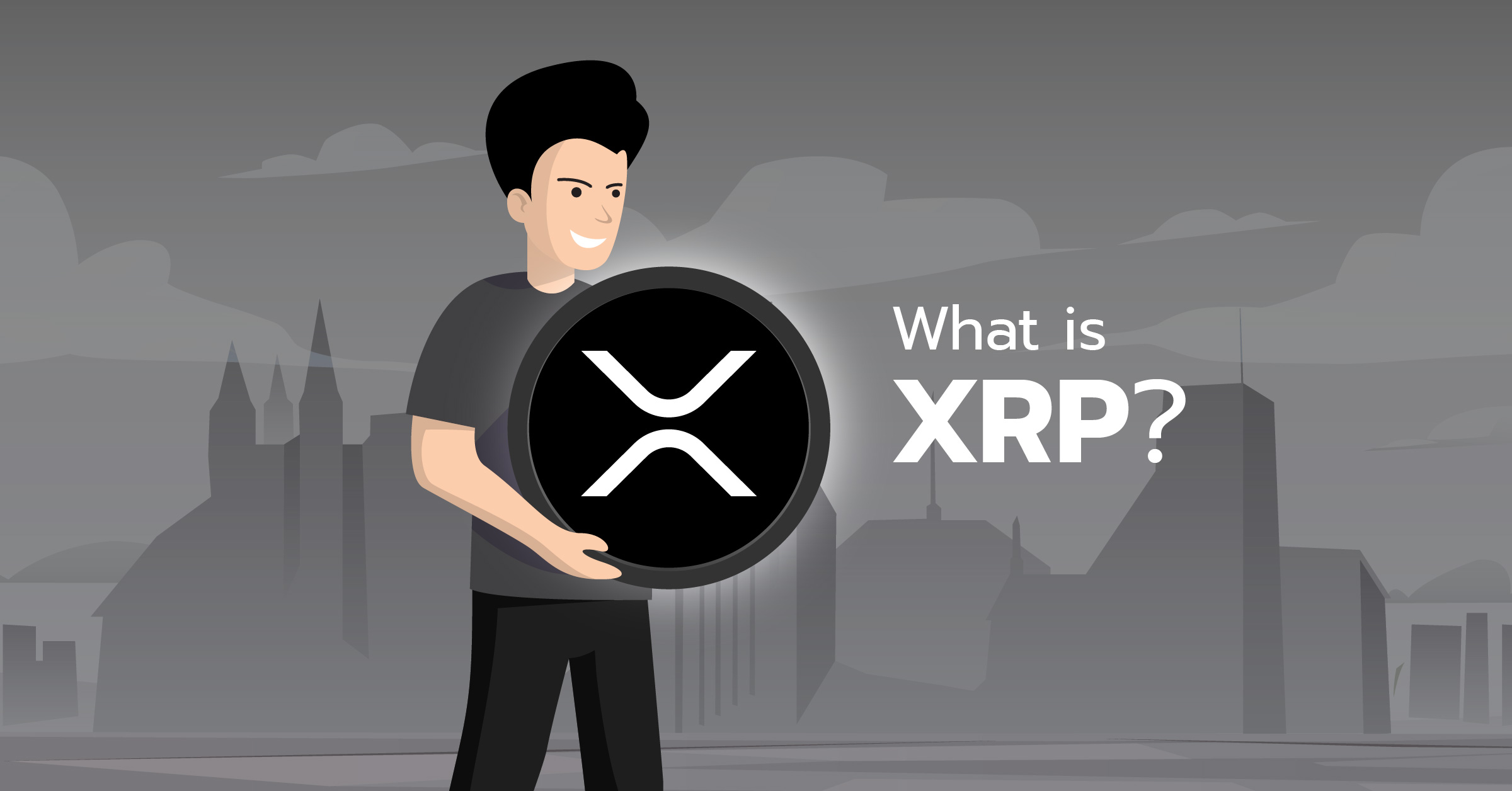What is Ripple?
Ripple is a digital payment protocol and cryptocurrency that aims to enable fast, low-cost international money transfers. It was first introduced in 2012 by Ripple Labs, a technology company focused on revolutionizing the financial industry.
Rather than being just a cryptocurrency like Bitcoin, Ripple is both a digital currency (XRP) and a payment protocol (RippleNet) that facilitates seamless cross-border transactions. Ripple’s main goal is to provide a decentralized platform that enables financial institutions to send and receive money in real-time, eliminating the need for traditional intermediaries like banks or payment processors.
Ripple operates on an open-source blockchain technology, which records all transactions on a distributed ledger. However, unlike Bitcoin, which relies on proof-of-work, Ripple uses a unique consensus algorithm called the Ripple Consensus Algorithm (RCA). This algorithm ensures secure and fast transaction validation by a network of trusted validators, preventing double-spending and maintaining the integrity of the network.
One of Ripple’s main advantages is its ability to settle transactions in any currency, including both fiat and cryptocurrencies. This means that users can convert their money into XRP and then transfer it across borders, where it can be instantly converted back into the desired currency. This eliminates the need for multiple intermediaries and significantly reduces transaction fees and processing times.
RippleNet, the payment protocol built on top of XRP, provides a network of connected banks, payment providers, and other financial institutions. This network enables participants to communicate and transact with each other using the Ripple protocol. By joining RippleNet, financial institutions gain access to a secure and efficient cross-border payment infrastructure, improving their ability to serve customers and settle transactions globally.
Ripple’s technology has gained significant traction in the financial industry, with partnerships established with major banks and financial institutions around the world. This adoption has contributed to the growing acceptance of cryptocurrencies and blockchain technology in traditional financial systems.
In summary, Ripple is a digital payment protocol and cryptocurrency designed to facilitate fast, low-cost international money transfers. Its unique consensus algorithm, Ripple Consensus Algorithm, ensures secure and efficient transaction validation. By providing a decentralized platform and a global network of participants, Ripple aims to revolutionize the way financial institutions transact and settle cross-border payments.
How does Ripple work?
Ripple works by leveraging blockchain technology and its unique consensus algorithm to enable fast, secure, and cost-effective international money transfers. The process begins with a sender initiating a transaction, which is then broadcasted to the Ripple network.
Unlike traditional payment systems that rely on a central clearinghouse, Ripple uses a decentralized network of validators. These validators reach consensus on the validity and order of transactions using the Ripple Consensus Algorithm (RCA).
When a transaction is initiated, it is added to a candidate list of transactions. Validators on the network will then independently verify and validate the transactions based on a set of rules and parameters. Once a consensus has been reached, the transaction is added to a ledger entry called a “block,” which is then linked to other blocks forming a chain of transactions known as the blockchain.
Each validated transaction is uniquely identified and verified using digital signatures. This ensures the integrity and security of the transaction, making it virtually impossible to alter or manipulate the data. The transparency of the blockchain also allows participants to trace and verify the movement of funds throughout the network.
One of the key features of Ripple is its ability to settle transactions in any currency. This is achieved through the use of XRP, the native cryptocurrency of the Ripple network. When a payment is initiated, XRP can be used as a bridge currency for converting the sender’s currency into the recipient’s currency in real-time. This eliminates the need for multiple intermediaries and reduces the complexity and cost associated with traditional cross-border transactions.
Another important component of Ripple’s operation is the liquidity network known as RippleNet. RippleNet consists of banks, payment providers, and other financial institutions that have adopted the Ripple protocol. These participants can connect with each other and establish trust relationships, enabling them to transact seamlessly across borders. RippleNet also provides additional features and services, such as instant settlement and access to on-demand liquidity, further enhancing the efficiency and convenience of cross-border transfers.
In summary, Ripple works by leveraging blockchain technology and a decentralized network of validators to enable fast, secure, and cost-effective international money transfers. The Ripple Consensus Algorithm ensures the validation and order of transactions, while XRP acts as a bridge currency for seamless currency conversion. RippleNet connects financial institutions, providing them with an efficient and secure infrastructure for cross-border payments.
Ripple Consensus Algorithm
The Ripple Consensus Algorithm (RCA) is a unique algorithm that plays a crucial role in ensuring the security, efficiency, and scalability of the Ripple network. Unlike other blockchain networks that rely on a proof-of-work or proof-of-stake mechanism, Ripple uses a consensus algorithm that is based on a set of trusted validators.
The primary objective of the Ripple Consensus Algorithm is to agree on the validity and order of transactions in a decentralized manner. Validators on the network are responsible for independently verifying and validating transactions based on a set of rules and parameters established by the Ripple protocol.
Each validator independently builds a candidate list of transactions to be included in the next ledger. The validators then communicate and compare their lists to identify overlapping transactions. They evaluate the consistency and agreement between their lists and adjust accordingly to achieve consensus.
The consensus process involves iteratively comparing and adjusting the lists until a supermajority of validators agree on a specific set of transactions. This agreement is then considered the validated set of transactions, which is added to the next ledger entry.
One of the key advantages of the Ripple Consensus Algorithm is its ability to achieve consensus quickly and efficiently. Unlike proof-of-work algorithms that require significant computational resources and time to solve complex mathematical puzzles, RCA allows for near-instantaneous transaction validation. This enables the Ripple network to handle a high volume of transactions per second, making it scalable for real-world applications.
Another benefit of the Ripple Consensus Algorithm is its resilience to malicious attacks. As the network operates on the principle of consensus among trusted validators, it is highly resistant to attacks that attempt to manipulate transactions or disrupt the network’s operation.
Ripple also employs a unique feature called the Unique Node List (UNL) to further enhance security and decentralization. UNL is a list of trusted validators that each participant on the network maintains. By selecting validators from their UNL, participants can establish trust relationships and contribute to the consensus process.
In summary, the Ripple Consensus Algorithm plays a critical role in ensuring the security, efficiency, and scalability of the Ripple network. By relying on a set of trusted validators and using an iterative consensus process, RCA enables fast and accurate transaction validation. This algorithm, combined with the Unique Node List, establishes a decentralized and resilient network for cross-border transactions.
XRP and RippleNet
XRP is the native cryptocurrency of the Ripple network and serves as a bridge currency for facilitating seamless currency conversion in cross-border transactions. It is essential for the liquidity and efficiency of the network. XRP can be used as an intermediary between different fiat currencies or cryptocurrencies, eliminating the need for multiple intermediaries and reducing transaction costs.
RippleNet, on the other hand, is the payment protocol built on top of XRP. It provides a global network of interconnected banks, payment providers, and other financial institutions, enabling them to transact and settle cross-border payments securely and efficiently.
Within RippleNet, participants can connect and establish trust relationships, allowing for direct transactions and improved liquidity. By joining RippleNet, financial institutions gain access to a standardized and secure infrastructure for cross-border payments, eliminating the need for separate bilateral agreements and intermediaries.
One of the significant advantages of using XRP and RippleNet is the speed and cost-effectiveness of transactions. Traditional cross-border transfers often involve a series of intermediaries, resulting in lengthy processing times and high fees. By utilizing XRP as a bridge currency, RippleNet enables near-instantaneous settlements, reducing transaction times from days to seconds, and significantly lowering fees.
RippleNet also provides access to on-demand liquidity through its partnerships with digital asset exchanges. This allows participants to source liquidity in real-time without the need for pre-funding accounts in different currencies. By accessing liquidity on-demand, financial institutions can optimize their capital utilization and streamline their payment processes.
Another advantage of XRP and RippleNet is their ability to settle transactions in any currency. This eliminates the need for currency conversions by leveraging XRP as an intermediary. Financial institutions can facilitate transactions between various fiat currencies or bridge the gap between different cryptocurrencies, making cross-border transactions more efficient and cost-effective.
Moreover, the use of XRP and RippleNet opens up new opportunities for financial institutions to access emerging markets and underserved regions. By providing fast, low-cost, and reliable cross-border payments, RippleNet enables financial inclusion and offers new avenues for economic growth.
In summary, XRP and RippleNet are integral components of the Ripple network, enabling fast, cost-effective, and secure cross-border transactions. XRP acts as a bridge currency, facilitating seamless currency conversion, while RippleNet provides a network of connected financial institutions, streamlining the payment process and improving liquidity. Together, they offer financial institutions and users a powerful solution for global transactions.
Transactions on the Ripple network
Transactions on the Ripple network are designed to be fast, secure, and cost-effective, offering a more efficient alternative to traditional cross-border payments. The network processes a variety of transaction types, including payments, currency exchanges, and smart contracts.
When a transaction is initiated on the Ripple network, it follows a standardized format known as the Ripple Transaction Protocol (RTXP). This protocol ensures interoperability among different financial institutions and enables seamless communication and settlement.
In a typical payment transaction, a sender initiates a payment request by specifying the recipient’s wallet address and the amount to be sent. The transaction is then validated by a network of trusted validators using the Ripple Consensus Algorithm. Once the validation is complete, the transaction is recorded on the Ripple blockchain and becomes a part of the ledger.
One notable feature of transactions on the Ripple network is their near-instantaneous settlement. Unlike traditional systems that may take several business days to process international transfers, Ripple transactions are settled within seconds. This speed is achieved by the efficient consensus algorithm and the use of XRP as a bridge currency, which eliminates the need for multiple intermediaries and enables direct currency conversion.
Another key aspect of transactions on the Ripple network is the low cost associated with them. Ripple aims to provide affordable cross-border payments by significantly reducing transaction fees compared to traditional systems. This is achieved through the elimination of intermediaries and the use of XRP to provide liquidity and facilitate currency exchanges at a minimal cost.
In addition to payments, the Ripple network supports currency exchanges between different fiat currencies and cryptocurrencies. This allows users to convert their assets into XRP and vice versa, enabling seamless transitions between different forms of value. By leveraging the speed and efficiency of the Ripple network, users can exchange currencies in real-time, taking advantage of favorable rates with minimal fees.
The Ripple network also supports the implementation of smart contracts through its Escrow feature. Smart contracts are programmable agreements that automatically execute predefined actions when certain conditions are met. These contracts can facilitate more complex transactions and provide additional layers of security and automation.
In summary, transactions on the Ripple network are fast, secure, and cost-effective. The use of the Ripple Transaction Protocol and the Ripple Consensus Algorithm enables near-instantaneous settlement, low fees, and interoperability among different financial institutions. With support for payments, currency exchanges, and smart contracts, the Ripple network offers a comprehensive platform for efficient cross-border transactions.
Benefits and drawbacks of Ripple
Ripple offers several benefits that make it an attractive option for cross-border payments, but it also has some limitations that should be considered. Understanding both the advantages and drawbacks of Ripple is important for evaluating its suitability for various use cases and applications.
One of the key benefits of Ripple is its ability to facilitate fast transactions. The use of the Ripple Consensus Algorithm enables near-instantaneous settlement, allowing for real-time transfers across borders. This speed is particularly beneficial for time-sensitive transactions such as remittances or international business payments.
Another advantage of Ripple is its cost-effectiveness. By eliminating the need for traditional intermediaries and using the XRP cryptocurrency as a bridge currency, Ripple significantly reduces transaction fees compared to traditional payment systems. Financial institutions and users can save money on cross-border transfers, especially for large or frequent transactions.
Furthermore, Ripple provides improved liquidity options through its network, RippleNet. Financial institutions can access on-demand liquidity, which eliminates the need to pre-fund accounts in various currencies. This enhances capital efficiency and simplifies the payment process for participants.
Ripple’s focus on facilitating interoperability among different fiat currencies and cryptocurrencies is another valuable feature. This enables seamless currency conversion within the network, allowing users to transact in their preferred currency without the need for multiple intermediaries. It provides flexibility and convenience for businesses and individuals operating in the global market.
However, there are also some drawbacks to consider when using Ripple. One significant concern is the centralization of XRP in the hands of Ripple Labs. Ripple holds a significant amount of XRP, and this concentration raises questions about decentralization and control over the network. Although Ripple Labs has taken steps to address this issue, it remains a point of contention for some enthusiasts and critics of the platform.
Security is another consideration, as the Ripple network relies on a set of trusted validators instead of a decentralized consensus mechanism like proof-of-work or proof-of-stake. While the Ripple Consensus Algorithm has proven to be secure so far, any vulnerabilities in the network’s trusted validator system could potentially be exploited by malicious actors. Security audits and ongoing monitoring are crucial to ensuring the robustness of the network.
Furthermore, although Ripple has gained significant traction in the financial industry, its adoption is not as widespread as some other cryptocurrencies like Bitcoin or Ethereum. This may limit the availability and acceptance of Ripple as a payment option in certain regions or industries. However, as Ripple continues to form partnerships and expand its network, this limitation may diminish over time.
In summary, Ripple offers benefits such as fast transactions, cost-effectiveness, improved liquidity options, and interoperability. However, concerns related to centralization, security, and adoption should also be considered. Understanding the advantages and drawbacks of Ripple is essential in assessing its suitability for specific use cases and determining its position in the evolving landscape of cross-border payments and digital currencies.
The Future of Ripple
The future of Ripple looks promising as the platform continues to gain traction and partnerships within the financial industry. Ripple’s focus on improving cross-border payments, cost-effectiveness, and efficiency has the potential to revolutionize the way global transactions are conducted.
One of the key factors that will shape Ripple’s future is its ongoing collaboration with financial institutions and payment providers. Ripple has formed partnerships with major banks and financial institutions worldwide, including Santander, American Express, and Standard Chartered. These partnerships not only increase the adoption of Ripple’s technology but also help to establish it as a trusted solution for cross-border transactions.
Furthermore, with its commitment to regulatory compliance and collaboration with regulatory bodies, Ripple has positioned itself as a reliable entity within the financial ecosystem. This dedication to working within the existing regulatory framework bodes well for its future growth and adoption by traditional financial institutions.
Ripple’s technology also continues to evolve and improve. The development team is actively working on new features and enhancements to enhance the scalability, security, and functionality of the network. This includes ongoing upgrades to the Ripple Consensus Algorithm and exploring new use cases for blockchain technology beyond payments.
Another aspect that will shape the future of Ripple is the broader adoption of digital currencies and blockchain technology. As cryptocurrencies become more widely accepted and integrated into mainstream financial systems, Ripple’s position as a leader in cross-border payments makes it well-positioned to benefit from this trend. The ongoing advancements in blockchain technology also open up new possibilities for innovation and expansion in the financial industry.
Moreover, Ripple’s focus on financial inclusion and addressing the challenges faced by underserved markets presents numerous growth opportunities. By providing fast, low-cost, and accessible cross-border payments, Ripple can play a significant role in enabling financial access and economic empowerment for individuals and businesses in emerging economies.
However, it is important to note that the future of Ripple will also face challenges. Competition from other blockchain-based payment platforms and the continuously evolving regulatory landscape may present obstacles for Ripple’s growth. Additionally, maintaining trust and addressing concerns surrounding centralization and security will be important for Ripple to solidify its position as a leading payment solution in the long term.
In summary, the future of Ripple looks promising as it continues to forge partnerships, enhance its technology, and drive innovation in cross-border payments. The increasing adoption of digital currencies and blockchain technology, coupled with Ripple’s commitment to regulatory compliance and financial inclusion, positions it well for future growth and impact on the global financial landscape.







